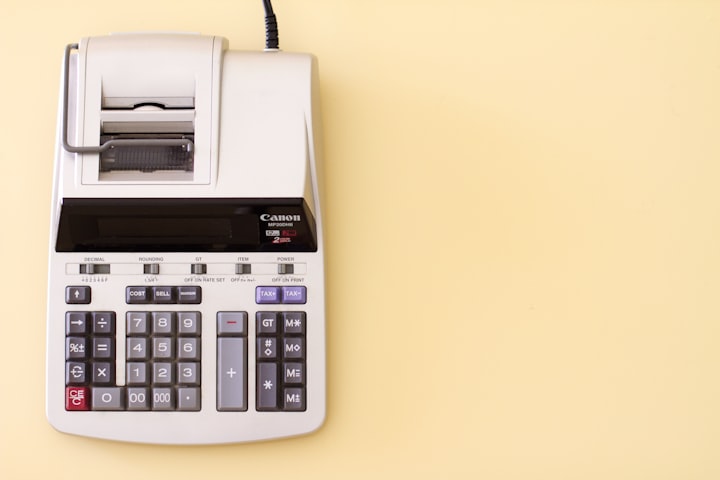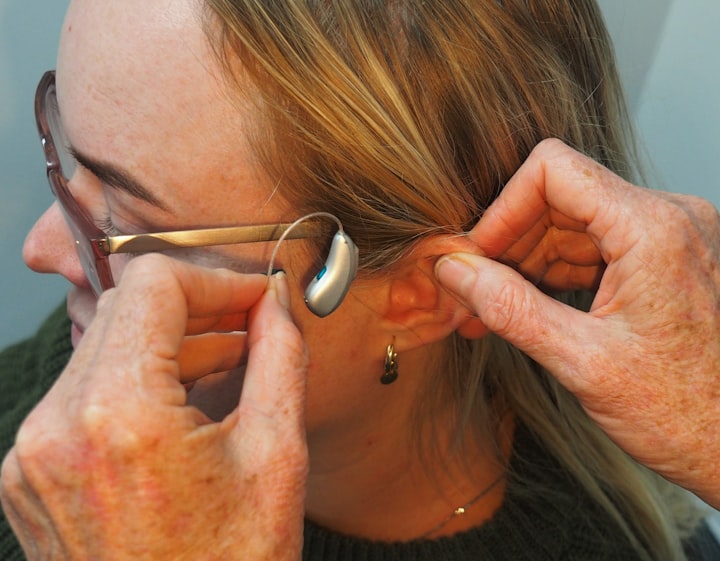How to stick to a budget with less stress.
A simple tool that can reduce our need to constantly update out budgets without breaking the bank - or help us avoid making a budget!
Money can be stressful.
Whether you are a tap-and-go budget-er (who only checks you have some money in your account before spending,) or an avid-planner (like me, who has records and plans for every expense for every month) stress cannot be entirely avoided. Yet, it can be minimized.
The trick is to develop an easy, visual tool that can keep you on track.
All you need is:
1. Paper.
2. Calculator.
3. Printer (or pens and pencils to hand-draw the tool).
4. Laminator*.
5. White board marker*.
*The laminator and whiteboard marker are included in the list as a low-waste method. I enjoy integrating tools into my life that don’t generate excessive resource use. By laminating the Budget Aid, it can be reused over, and over again, with a white board marker.
Step one: Calculations.
The first thing we need to do it create a monthly summary of incomes and expenses.
1. Calculate the total (minimum expected) income for each month.
2. Calculate the total non-negotiable expenses for each month, considering:
a. Subscriptions
b. Rent and bills
c. Insurance costs
3. Calculate the costs of any routine expenses that don’t change in value, considering:
a. Gym memberships
b. Routine health services
c. Monthly dates at the cinemas on a Tuesday night
4. Calculate the remaining amount for each month between your income and the entire list of expenses.
At this point, you might be wondering: what about my grocery expenses, or my fuel expenses? These costs have been intentionally excluded. That is due to the variable nature of these expenses.
For example:
Week 1: Groceries $128.00, fuel (half a tank) $30.00.
Week 2: Groceries $104.00, no fuel.
Week 3: Groceries $155.00, fuel (whole tank) $75.00
Week 4: Groceries $147.00, no fuel.
These variable expenses are the priority of the Budget Aid. They are the costs that we need to manage frequently to remain within a monthly budget.
In my budget, the variable expenses are: groceries, fuel and personal spending. Determine what variable expenses exist in your spending habits.
Some expenses items may be:
1. Fuel.
2. Groceries.
3. Public transport.
4. Eating out.
5. Social activities.
6. Clothes shopping.
7. Or a generic label, ‘personal spending’, like me.
From here, we need to determine the amount that is available to be spent on each area.
For example:
Income (per month): $5,000.00
Total cost of consistent expenses (per month): $1,500.00
Remaining amount (per month): $3,500.00
Variable expenses (calculated monthly):
1. Groceries
2. Public transport
3. Clothes shopping
4. Social activities
Referring to the above example, the remaining $3,500 must be distributed between the variable expenses. The best way to start is to determine (whether through financial records or educated guesses) the average spend per month on each category.
This may look like:
1. Groceries $1,000.00
2. Public transport $200.00
3. Clothes shopping $500.00
4. Social activities $400.00
The total cost of the variable expenses per month is $2,100.00, less than the $3,500.00 remaining amount determined earlier. There are two responses to this:
1. Adjust the variable expenses to allow more spending per month in desired categories.
2. Leave the variable expenses and direct the remaining money towards a savings account.
Pending your decision, we have all the information gathered to create the Budget Aid.
Step 2: Create the template.
I like to use the website www.canva.com for my creative designs. It’s easy to use and provides a lot of free visual elements to really add to the appearance of designs. Software like excel would also work well to create a basic template.
Using your program of choice, record your monthly variable expenses next to a blank box for each item. Repeat the same process with a weekly value of the same monthly expense (divide the monthly value by 4 for a weekly value).
The result can look something like this:

Add some creative flare and your Budget Aid is done! Print, laminate and allocate it somewhere easy to access and use.
We need to be prepared to adjust the budget as income or expenses change through-out the chapters of our life, or even as we realize we anticipated spending more (or less) in certain areas.
After a few trials, your Budget Aid will be an accurate guide to compliment your spending routines.
Step 3: Put your Budget Aid to use.
With our completed Budget Aids, we can use our white board markers to update how much we spend on our variable expenses in real-time without having to open our budgets – or create one.
The benefit of this template is it allows us to follow only the variable expenses in our budgets. These are the expenses we are actively in control of throughout the month. Instead of getting caught with nothing in our bank accounts or feeling overwhelmed with recording every dollar spent, this simple Budget Aid allows us to prioritize areas of our budget and reduce our stress. This tool makes it very easy to pace ourselves through-out the month and aids us in sticking to the financial boundaries we set.
Share this article with anyone who needs some help reducing their stress about following a budget!
Good luck, and happy budgeting!
About the Creator
Ashley Beeby
Writing as a women and an academic in trade and as a creative in life.
Qualified Heavy Vehicle Diesel Mechanic // Sci-fi & Fantasy Writer // Poet
Check out my website ashleybeeby.com or follow me on instagram.







Comments
There are no comments for this story
Be the first to respond and start the conversation.